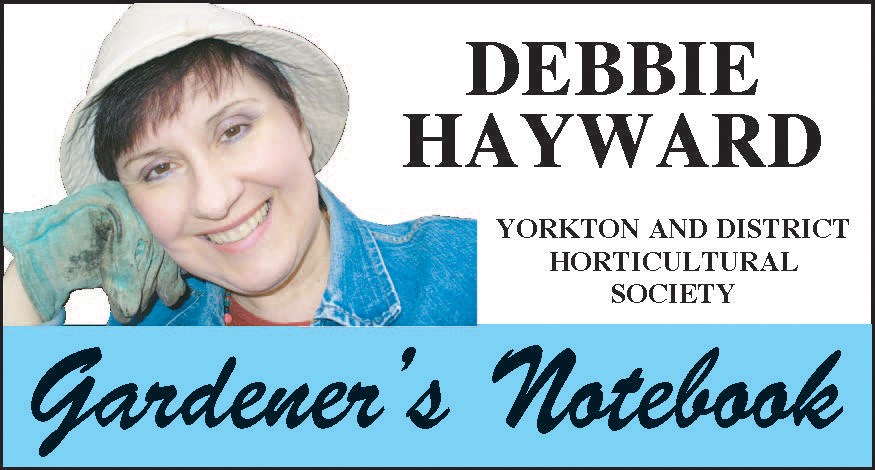Did you take a garden tour in your yard last week, gardeners? Wasn’t everything beautiful, covered with hoarfrost! Now if we are to believe the old wives’ tale about hoarfrost, we’ll be getting rain in six months’ time, somewhere around the beginning of July.
First, let’s review what hoarfrost actually is. Hoarfrost is like dew, but because of cooler temperatures, the humidity in the air doesn’t form into drops of dew but turns into ice crystals. As we know from gardening days, we get frost when the air, and then our plants, are below a freezing temperature. Going one step further, we get hoarfrost when the moisture in the air lands on these poor cold plants or trees or buildings, and turns to frost.
There are many interesting stories and folklore for January weather. In Sweden, it is said that the weather on the ninth day after Christmas will be the same for nine weeks. The Shepherds Almanack of 1676 says that if the sun shines on the 12th of January, it will be followed by windy weather. St. Hilary’s day, on January 13, can sometimes turn out to be the coldest day of the year. And the weather on St. Vincent’s Day, January 22: it is important to note if the sun shines or not. If it does, hang on to your hat — it will be windy!
I read about a wonderful act of heroism that took place in January 1929. A very remote community in Northern Alberta sent out a desperate message that they were in trouble — it took almost two weeks, by dogsled, for this message to reach a telegraph post and be relayed on. Illness had struck the community. Two amazing bush pilots from Edmonton selflessly headed out with diphtheria vaccine for the northern community. Their bravery is astounding, considering the time, without going further with the story. But let’s continue: they were in an open aircraft, can you imagine, and the temperatures were deathly and dangerously cold, almost fifty below. These brave men had to use oil burners to keep the vaccine from freezing. How risky was that? Yet they made it to their destination, delivered the vaccine, and made it safely home again. No doubt they are still viewed as heroes, and it is well deserved.
That’s the nature of January weather: changeable, cold, and with the possibility for large amounts of snow. We have been lucky so far, and I know some of you have seen squirrels scampering through your yards. This shows us that it hasn’t been cold enough yet for them to curl up in their little winter nests. I wonder what that kind of weather will do to our perennials?
We have continued to shovel snow on the most tender of the plants in the garden: cold could come at any time, and they can use the extra protection.
This is the time to peruse our seed catalogues! One dear gardening friend has already sent in an order! And why not? The days are beginning to get longer, and it is only a little more than nineteen weeks until the May long weekend, traditional planting time! And we are usually able to be out in our gardens before that, puttering around and getting things ready. Such fun! Nineteen weeks may sound like a long time, but look how quickly a week goes by! It’s already two weeks since Christmas! So get those catalogues out, and start dreaming and planning your next planting season.
The Yorkton and District Horticultural Society will be having their first meeting of 2020 on Wednesday, March 19. Meetings are always the third Wednesday of the month, 7 p.m. at SIGN on North Street. Visit us at www.yorktonhort.ca to see what’s “coming up”, and have a great week!



